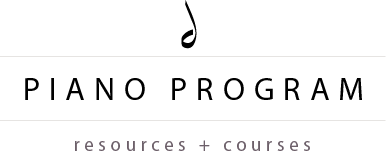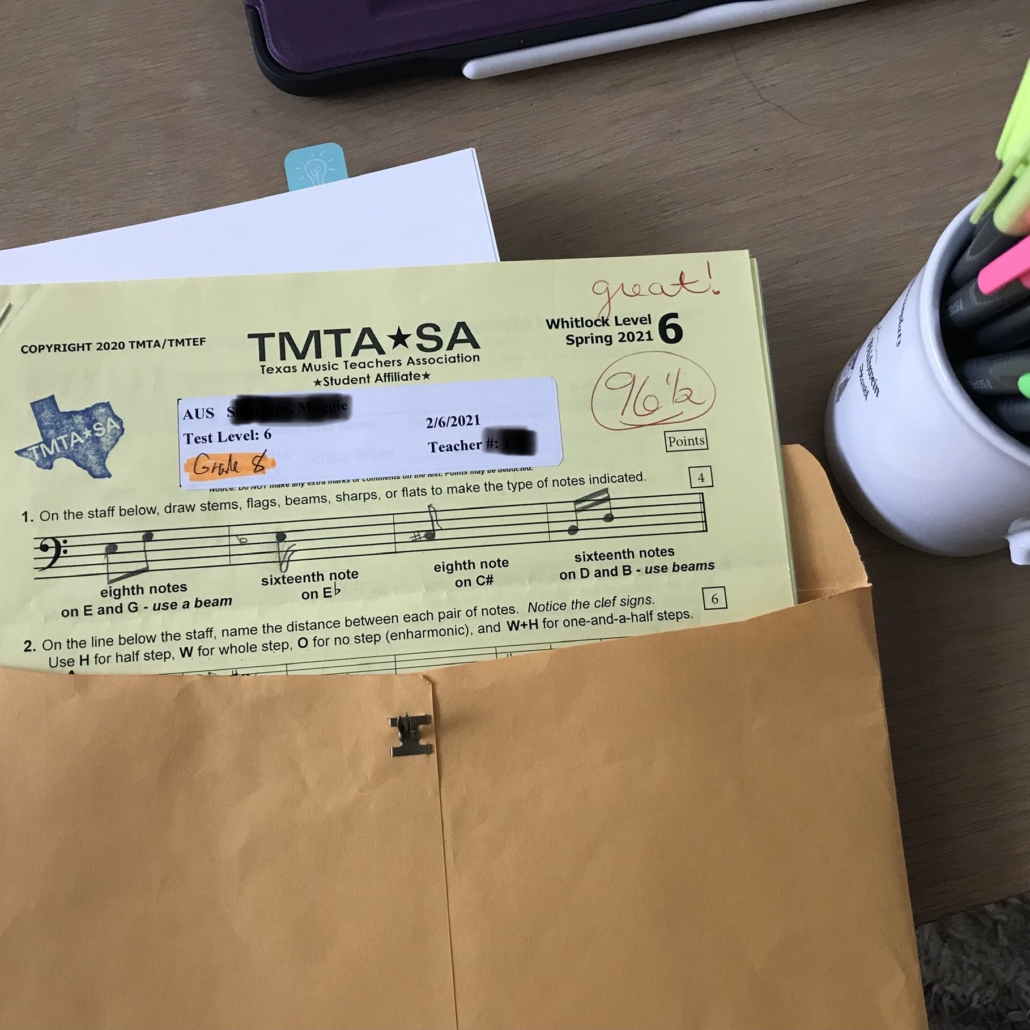As cliche as it sounds, it really happened by accident. When I tried to cobble together my first online course in 2013, I ended up with a really fancy WordPress website (paying a developer almost $2,000 for his time and efforts). As soon as I showed my online course to friends, they all asked what “course platform” I was using. That was a light bulb moment. From there I met my co-founder Gerlando at a conference and he mentioned he was looking for some side development work. One thing led to another and Teachery was born!
From that Teachery-birthing-moment, I’ve continued to believe that everyone has something to teach. That’s why we improve Teachery and why I continue to encourage people to jump into online learning.
2. What sets Teachery apart from other course platforms?
I have two answers to this question: One is “I don’t know” and the other is “I know!” Haha.
I don’t know – Truthfully, I’ve only ever logged into one other course platform. And I think I spent all of 10 minutes until I realized there was no point in playing the comparison game. For me, and for us at Teachery, watching our competition would be a race to the bottom. We aren’t funded (by choice). We don’t have ALL the features (by choice). And we don’t want to keep up. We want to build our own little online course creation space and attract people that resonate with our decisions and ideas.
I know – All that being said, Teachery is built with user-friendliness in mind. My goal from the beginning was to make course creation intuitive and simple. You shouldn’t need a bunch of tutorials and walk-throughs to setup your first course. It should just work. As we’ve grown over the years, we have some more advanced features so we need help documentation, but we still believe Teachery is very intuitive and friendly to use.
Oh, and we also don’t charge extra fees to use Teachery. You don’t get punished and have to pay us more if you’re popular (selling your courses).
3. To date, what types of courses have you seen created on Teachery?
You name it, it’s on Teachery! There are courses on yoga, meditation, becoming a professional bowler, knitting, dog training, health and wellness, book writing, photography, parenting, coaching, art, mindfulness, productivity, crowdfunding, and probably 100 other topics I can’t think of at the moment.
4. Is there a course creator that you have in mind who has successfully used Teachery to grow his or her business? Can you elaborate on this?
We recently created a User Spotlight section in our documentation area to highlight these folks. While we only have a handful of spotlights up at the moment, there are hundreds of stories we’ve yet to tell. One that comes to mind right away is Kelsey Baldwin. Kelsey is a single mom who learned how to sell products on Etsy and make a good living. She turned her experience into an online course and was able to support herself and her daughter on revenue from that course alone. Kelsey has gone on to create multiple other courses and I’ve really enjoyed watching her journey (just as I have with many other course creators around the world!)
5. How do you think online learning via a course platform such as Teachery can change the traditional form of education?
The numbers don’t lie: Online learning is disrupting formal education. It’s a $50B (with a “b”) business and it’s only getting bigger and bigger as people realize we’re in an on-demand learning economy. What I mean by that is we get to choose our teachers, our topics, and WHEN/HOW we want to be taught. No longer do you have to spend time in a fixed/rigid education system that might not work for your schedule or how you like to learn.
For me personally, I love the idea of being able to learn specific skills from specific people. If I want to learn photography from a local college/school, I’m probably not learning from someone who is taking photos for National Geographic or UNICEF. Yet, on Teachery, we have professional photographers who shoot photos for Nat Geo and UNICEF and you and I can learn from them on our own time. That’s extremely powerful. That’s the future of education as we know it.
I won’t get on a soap box about student loan debt… but let’s just say you’d have to purchase an astronomical amount of online courses to even come close to the average student loan debt a person incurs.
6. If you could take any online course, what would it be about?
That’s an interesting question, because I’ve never… not once… signed up for an online course of any kind. That may be mind-blowing coming from someone who owns an online course platform, but, I’m a consummate creator. I learn best from my own experience. I’m also extremely stubborn, so I believe I can figure everything out on my own. Hah!
That certainly doesn’t mean I think I know how to do everything, it just means that I gain incredible satisfaction (and enjoyment) from figuring things out through my own trials and tribulations.
7. Are you yourself working on creating any additional online courses?
I’ve been in creation-mode since 2013. In that time I’ve created, or co-created, over 20 online courses. That’s a lot. From a business perspective, running an effective online course can eat up a good amount of your time (especially if you’re trying to actively make money from your courses and support your students). My wife and I are trying to condense down our offerings and we may be creating a few courses together in 2018, but those will most likely be repurposed/updated version of multiple courses we’ve already created.
8. What types of additions and changes are you working on currently for the Teachery platform?
We brought on a second developer who has some ownership in Teachery this year. That was a huge decision for us, since it’s just been myself and my co-founder Gerlando since 2013. In the past six months we’ve completely redesigned our course editor, added a second course template (no small feat), beefed up our payment engine, created an affiliate system, and built out a ton of documentation. Looking ahead, we’re working on better landing/sales pages, much better image/file support within courses, and a ton of backend optimizations that will make Teachery extremely fast (and even more secure).
9. As a lifetime member myself, I hope that Teachery is around for a very long time! I’d love your comments on the future of Teachery.
We’re super excited to have our Lifetime members, especially because we’re getting rid of that option very soon (crazy, I know!) The Lifetime Plan was an idea I had in 2015 and it’s not the best financial decision for us from a business perspective (haha!) For the first time, we’ll also be slightly raising our Monthly membership, but that won’t happen until we knock out a ton of new features.
The future is bright for Teachery. We haven’t spent a single dollar on marketing or advertising and have grown our audience and customer base solely through word of mouth. That was an intention I set at the beginning of Teachery, and I’d like to continue that way. I believe if our platform is great and our customer service is stellar, awesome folks like yourself will do our marketing and advertising for us. It’s worked so far, no reason we can’t keep doing that for many years to come!


